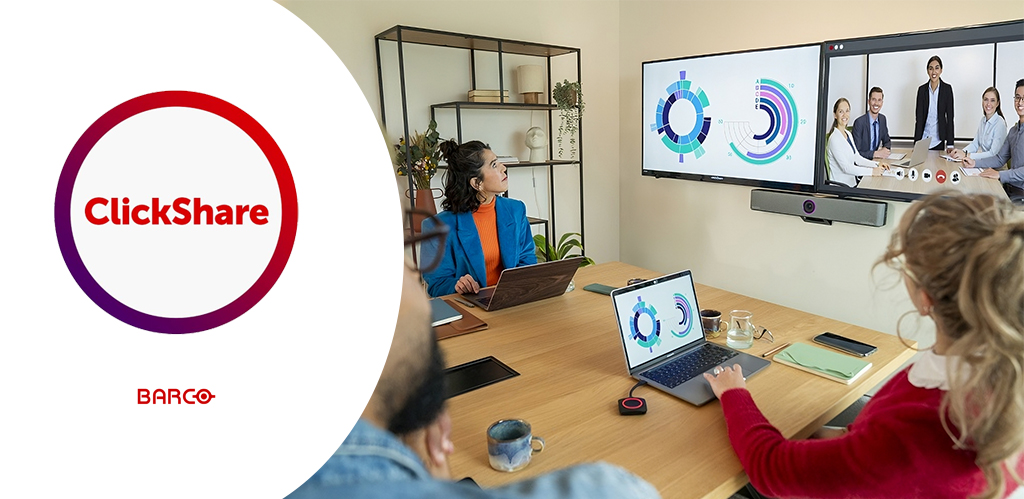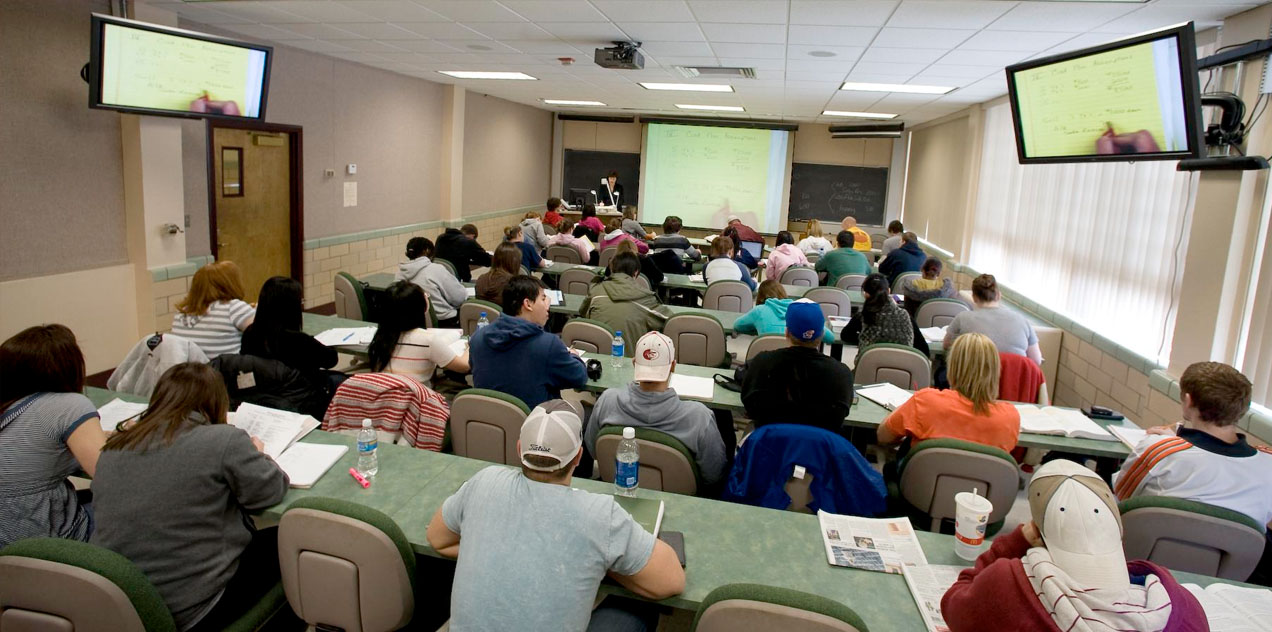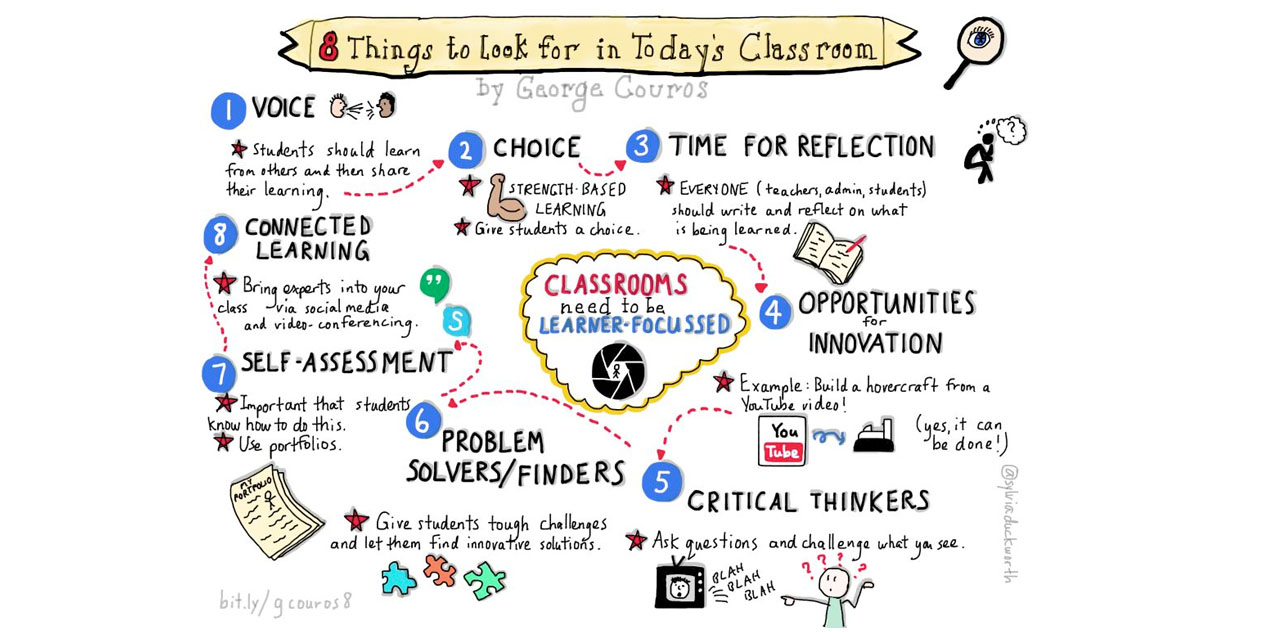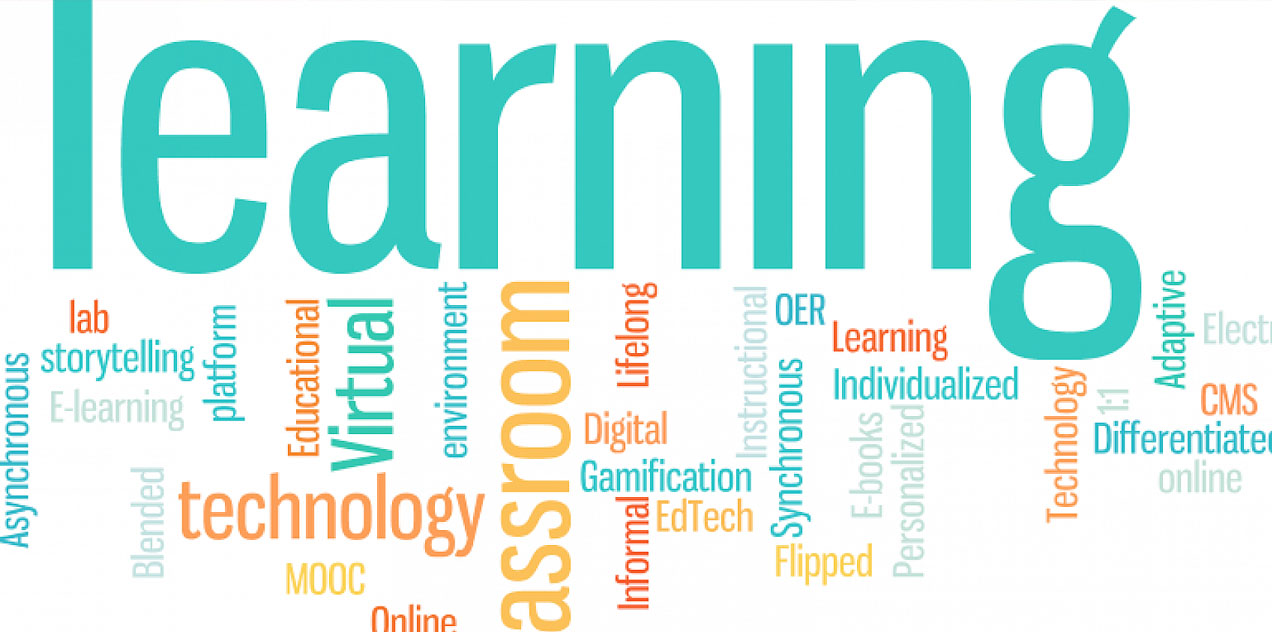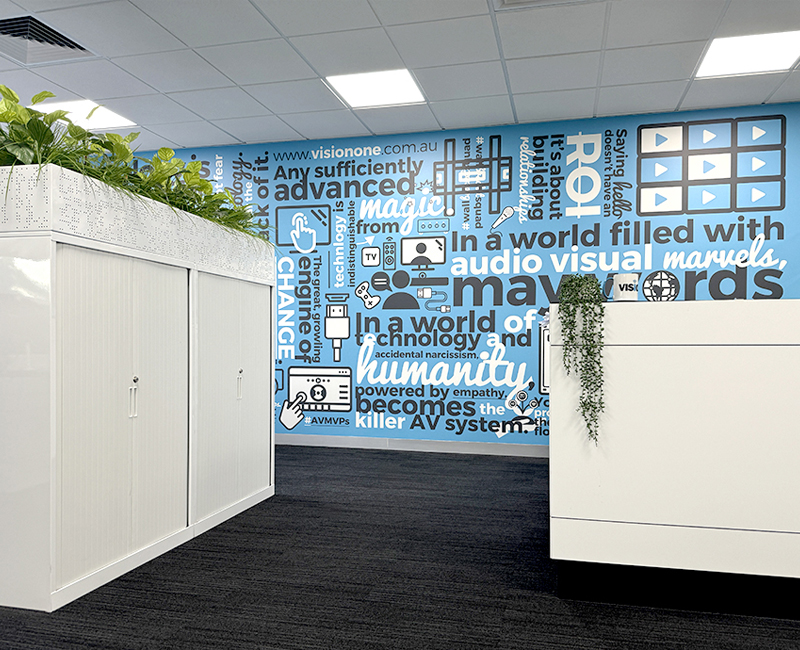2024’s Spectrum of AV: Tune-Up of Commercial and Education Technology
Welcome to the ever-evolving world of audio visual (AV) technology, where classrooms hum with innovation...
Using Education Technology to Rediscover Traditional Ways of Learning
Older, more traditional forms of learning resonate with students because they connect with something deep within...
Technology in Education: A Future Classroom
We've all come to learn how impactful technology is on the classroom. Often, when teachers...
8 Things to Look for in Today’s Classroom
The integration of technology in education can often offer a strenuous challenge for some adopters....
Merry Christmas from Vision One!
Vision One thanks you for your kind support and friendship during 2014. From our families...
6 New Technology in the Classroom Tricks
As we’re well into the 21st century, we have witnessed an unprecedented upheaval in the...
Inside Interactivity
Vision One has been providing excellence in the AV/T (Audio, Visual, Information Technology) industry for...
Five Strategies for EdTech Success During the School Year
Before your students even enter the classroom, here are five strategies you can implement make...
